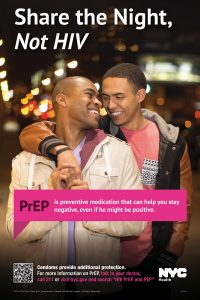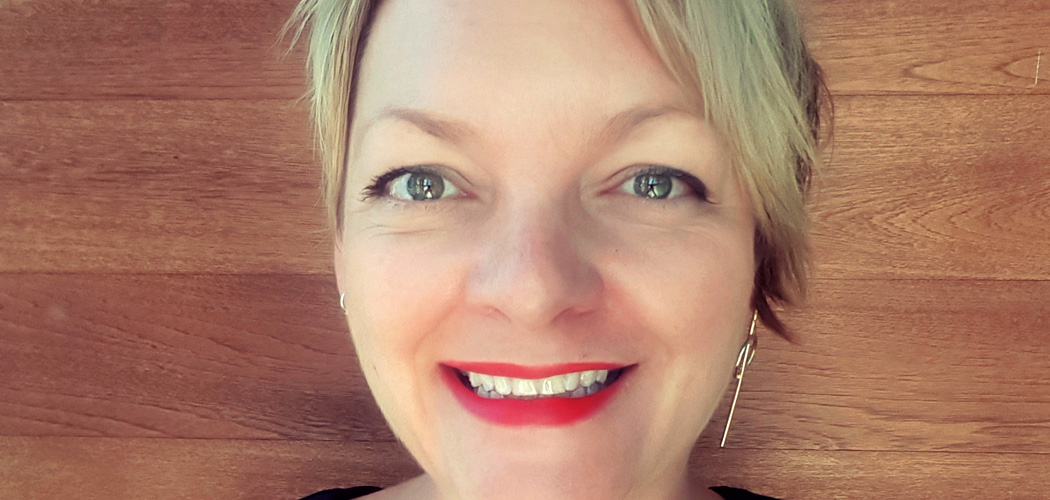Dear Dr Laura,
All of this talk about reaching zero HIV transmissions has made me think much more about my own sex life. I am a 31 year old, sexually active guy who last tested about a year and a half ago and it came back HIV negative, which was great. I usually meet two or three guys a week for casual sex from Grindr or Squirt and I have one or two regular fuck buddies I see every month. I don’t use condoms because I’m a bottom and I don’t like the feeling. What are the things I need to do? Many thanks.
Sam
Hi Sam and thank you for your perfectly timed question! You are absolutely right, we have all the tools we need to get to zero new HIV transmissions and, when that happens, it’s likely to be first amongst men who have sex with men. However, and I’m naturally pessimistic, I think it’s going to be a few more years before we use the different ways to prevent HIV transmission well enough to achieve zero new cases.
So, now to you. If you’re meeting new partners on a weekly basis you should be testing regularly – not just for HIV but for all sexually transmitted infections (STI) including chlamydia, gonorrhoea, syphilis and, if you are having condomless anal sex with new partners, hepatitis C too.
As you last tested for HIV 18 months ago I would recommend that you re-test soon. Regular STI testing means you can get treated, and your sexual partners can be contacted for screening/treatment, and that may reduce the number of new STI cases. Regular screens also give you the opportunity to access vaccinations. All gay men can attend sexual health clinics for hepatitis A and B vaccination if they need it and, since you are younger than 46, you can also get vaccinated against HPV [human papilloma virus, the cause of genital warts and some types of cancer].
Condoms are effective at preventing STIs but far from 100% – most people don’t use condoms for oral sex and that’s an important way of passing some infections on. Also there are some infections that can be passed on through skin contact, including syphilis and HPV; since condoms only cover the skin of the penis their ability to prevent some STIs is limited.
You mention that you don’t like the feeling of condoms but it’s worth experimenting with different brands, and different types of lube – there’s a huge choice available and it may be that there’s a condom/lube combination that you and your partners will enjoy. I was reading about an interesting new non-latex condom that folds out like an accordion (!) rather than being rolled on and claims to improve pleasure but despite being announced in 2013 it’s not yet available. With rising rates of STI including syphilis and gonorrhoea, hopefully there are more exciting condom innovations in the pipeline that reduce risk but note pleasure.
So, if you test regularly, you will know your HIV status. The next step is to ask all your sexual partners when they last tested and encourage them to test regularly. Most new HIV transmissions are from men who don’t know they have HIV.
If any of your partners are living with HIV it’s highly likely they will be taking HIV treatment and have an undetectable viral load (this is based on a blood test that we do at least twice a year in people on HIV treatment to check it is working). Someone taking their HIV medication in the right way, with an undetectable viral load, cannot transmit HIV to their sexual partners – there is ZERO risk. If you have condomless sex with someone with HIV who is not on treatment or has a detectable viral load despite taking medication then you can access post-exposure prophylaxis – PEP. This is a one month course of three HIV drugs and will reduce your risk of acquiring HIV as long as you start it within 72 hours of exposure, ideally within 24 hours. PEP is available in sexual health clinics and emergency departments.

The other option you should consider is pre-exposure prophylaxis or PrEP as it’s known. This means taking HIV medications regularly (either on a daily basis or taken before and after sex). Unlike PEP you take two drugs in a single pill: the brand name is Truvada or there are different unbranded or generic versions all containing the drugs tenofovir-disoproxil and emtricitabine. PrEP is highly effective at preventing HIV (more than 90% if taken in the right way). It’s available on the NHS in Scotland and Wales and imminently in Northern Ireland.
In England you can either buy it yourself (privately or online) or you can access it through the NHS-funded Impact trial. The number of places on Impact was increased recently from 10,000 to 13,000 but these are filling up fast; see prepimpacttrial.org.uk for more information.
As you are having condomless anal sex with new partners you’d be eligible to enrol. If you’re interested in buying PrEP or want to know more about how to take it then iwantprepnow.co.uk is a great resource and can tell you where to buy it online; the cheapest supply is about £30 for 30 days. If you can’t afford to buy it, Terrence Higgins Trust have just launched The Mags Portman PrEP Access Fund. You’ll need to provide proof that you’re on benefits or have a low income and then they’ll provide you with a voucher for a 3-month supply of PrEP.
So, get an STI screen, including an HIV test – my 15th November Boyz column described the various options for testing. Have a think about PrEP – even if your local sexual health service doesn’t offer access to PrEP they can give you advice – and remember PEP is an option. Finally maybe give condoms another try? Protecting yourself, and your partners, against STIs is sensible AND sexy!

The Boyz Doc is Dr Laura Waters, an HIV and sexual health consultant at the Mortimer Market Centre in central London. Dr Laura answers your questions every week in Boyz. If you have a question for Dr Laura please email her at [email protected]














